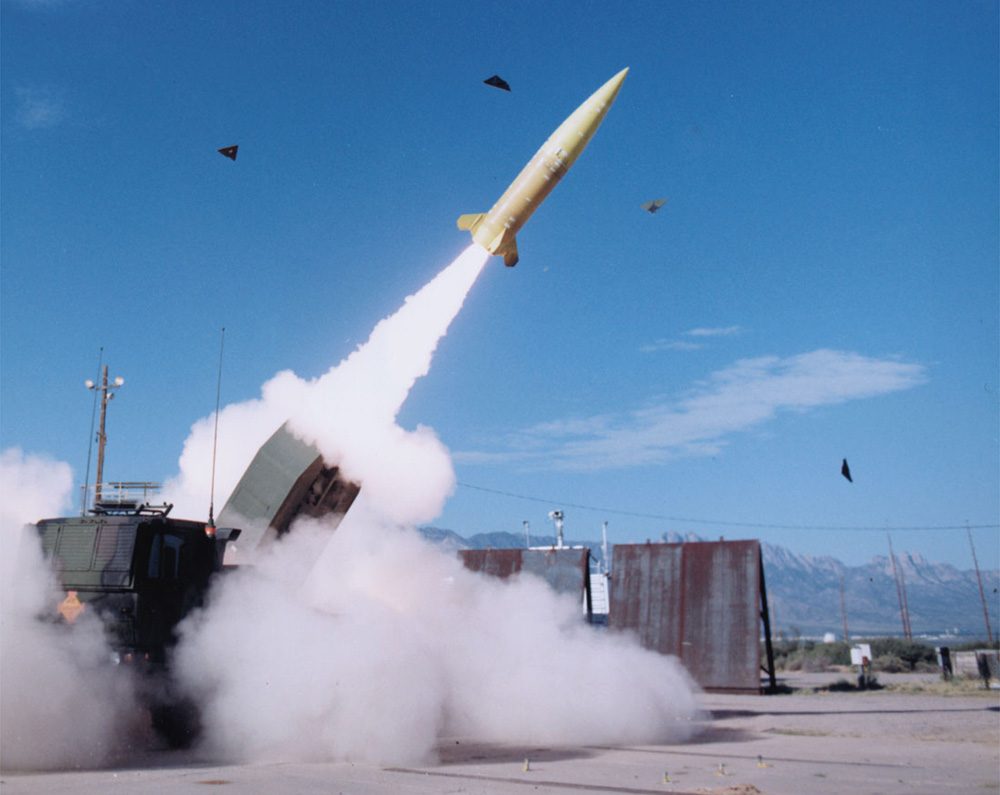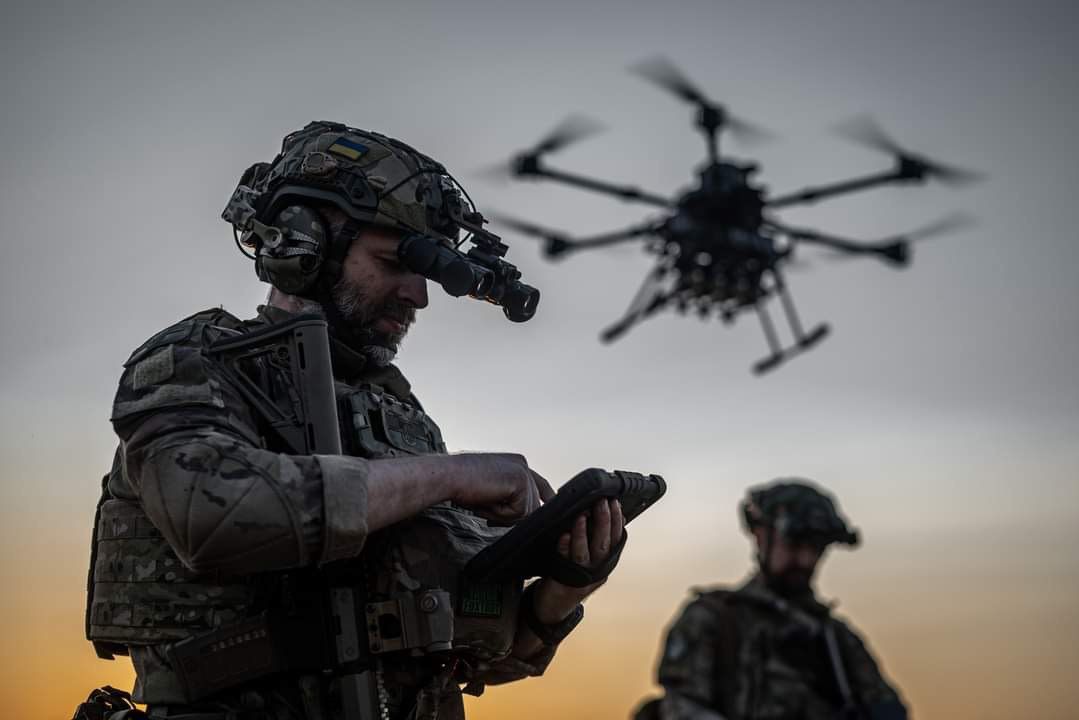Drones may dominate the skies over Ukraine, but defense experts warn they cannot replace artillery, missiles, and tanks. As NATO plans for the future, some fear an overreliance on swarms of cheap drones could “play to Russia’s strengths” instead of deterring them.
Why build a $5 million tank when a $500 drone can destroy it? That question drives NATO’s debate — yet Ukraine’s experience shows the answer is complicated.
Kyiv’s dependence on drones reflects necessity, not strategy. With artillery shells and missiles in short supply, Ukraine turned to unmanned aerial systems to fill the gaps left by slow or limited weapons deliveries from allies.
“This attrition from drones has been occurring in the context of a Russian force that is still constrained by minefields and forced to disperse by Ukrainian artillery,” wrote Justin Bronk of the Royal United Services Institute in Defense News.
President Volodymyr Zelenskyy has acknowledged that about 40% of Ukraine’s frontline weapons now come from domestic production, but commanders continue to clamor for Western systems such as HIMARS, ATACMS, guided shells — and, increasingly, glide bombs — to blunt Russian offensives.
Drones dominate, but don’t decide battles
On the battlefield, drones paralyze movement and inflict steady attrition. Yet most are destroyed before impact.
“Only a small fraction of the huge volumes of drones launched by Ukrainian forces reach their targets, and a still smaller proportion achieve decisive damage,” Bronk noted.
Russia has invested in jammers, nets, and armored cages, making its counter-drone defenses among “the most formidable in the world.” Despite constant innovation, Ukraine has struggled to turn drone use into strategic momentum.

Commanders still trust legacy firepower
Even as drones proliferate, Ukrainian units continue to prize artillery and missiles.
“High-end ATGMs, anti-tank BONUS artillery rounds and regular artillery are far more responsive and more reliably able to knock out vehicles and suppress massing infantry than FPV drones,” Bronk wrote.
This explains why Kyiv’s most urgent requests to allies remain long-range fires, not drones.
NATO’s strategic choices
For NATO, the lesson is clear: drones should augment, not replace, legacy weapons. Bronk points to glide bombs such as JDAMs, which cost around $25,000 — far cheaper than a $1 million ATACMS missile — and can destroy bunkers, command posts, and armored vehicles.
Michael Kofman of the Carnegie Endowment reinforced the point: “Those are the advantages that are likely to prove much more significant than being second- or third-mover in the drone fight.”

The bottom line
Drones have changed warfare, but they work best when paired with artillery, missiles, and airpower. As Bronk concluded:
“It is far technically and tactically easier to counter a force that primarily relies on massed, cheap drones … than it is to counter well-employed airpower, long-range fires, armor, artillery and mortars within a professional joint force.”




